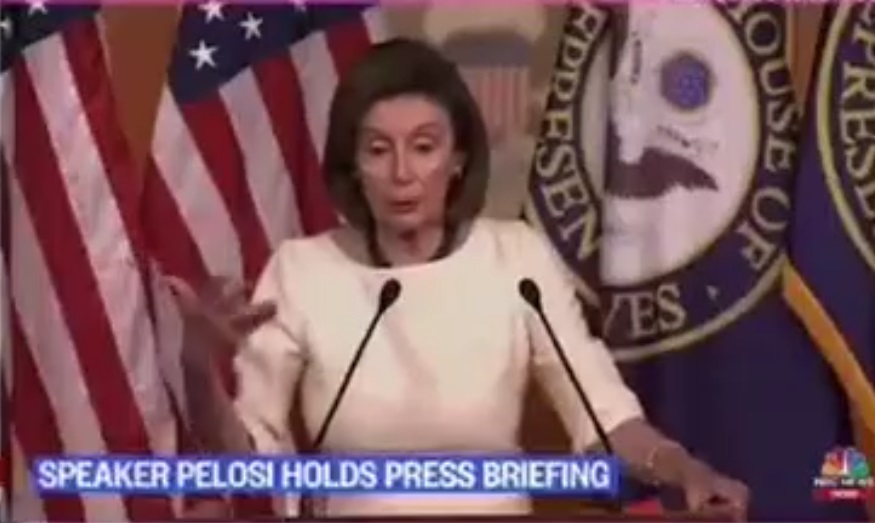Koalas now officially recognized as an endangered species
By zoeysky // 2023-03-08
Tweet
Share
Copy

Koalas are a popular symbol of Australian wildlife. But the Australian government recently declared them "endangered" after a severe decline in their population because of factors like bushfires, drought, loss of habitat and disease.
The Threatened Species Scientific Committee recommended that the conservation status of koalas be upgraded to endangered in several Australian states and territories: New South Wales (NSW), Queensland and the Australian Capital Territory.
Sussan Ley, Australia's environment minister, accepted the recommendation. Ley added that the government also has plans to adopt a national recovery plan for koalas.
"It’s a cue for governments really to take a stand against continued habitat clearing for koalas. We can’t just continue business as usual," said Alexia Wellbelove, the senior campaign manager at Humane Society International (HSI).
In 2022, the Morrison government pledged $50 million to help the species. While the funding was welcomed by environmental groups, it was also compared to a "drop in the ocean" as long as the root causes of the decline were not resolved.
The Australian government's recovery plan identifies the main threats facing koalas and the actions that are needed to effectively prevent their extinction. Governments aren’t obligated to implement the recovery plan and ministers can't legally make decisions that are inconsistent with the plan once it's been adopted.
According to an alarming New South Wales parliamentary inquiry, koalas would become extinct by 2050 unless the government takes urgent action to preserve and protect their habitat. The Australian marsupial was nominated for the endangered list by the International Fund for Animal Welfare, WWF-Australia and HSI, which have been actively campaigning for their conservation status to be upgraded.
Dermot O’Gorman, WWF-Australia's chief executive, explained that the koala has gone from no listing to being declared endangered on the Australian east coast within only a decade.
He added that this is a "shockingly fast decline for one of the world's most iconic animals. The endangered status is a grim but important decision by Minister Ley." (Related: Endangered reptile species being sold as pets could be in danger of extinction, warn scientists.)
Koala numbers cut by more than half in 20 years
The Threatened Species Scientific Committee has estimated that koala numbers have gone down from 185,000 in 2001 to 92,000 in 2021. Basha Stasak, the Australian Conservation Foundation's nature campaign manager, lamented that Australia’s national environment laws are very ineffective and that they haven't done enough to address the ongoing destruction of koala habitat in Queensland and NSW. Graeme Samuel, the former chairman of the Australian Competition & Consumer Commission, advised that the responsibility to protect the environment hasn't been carried out by Australian governments. This has then negatively affected the country's wildlife. Graeme's many recommendations for reshaping the Environment Protection and Biodiversity Conservation Act 1999 included a proposal for new national environmental standards that called for clear results for Australia's animal and plant life. Wellbelove cautioned that until the country enforced strict national environmental standards that "specify no-go areas around critical habitat for species such as the koala," habitat destruction will continue and this must be addressed as soon as possible. Deborah Tabart, the chairwoman of the Australian Koala Foundation, explained that koalas' endangered status "doesn’t mean anything." Tabart criticized the federal government, which was only offering Australia's koalas "a nice new word." Tabart warned that if the clearing of the koala habitat continues, a further status change is imminent. In time, koalas may go from endangered to extinct. Watch the video below to see a video of a koala recorded in the wild. This video is from The Ape channel on Brighteon.com.More related stories:
Endangered bear species can mimic each other’s facial expressions to communicate. Scientists discover toxic metals in reproductive organs of endangered eels. Deadly pesticides can harm bee populations for generations, study finds. Sources include: EcoWatch.com TheGuardian.com Brighteon.comTweet
Share
Copy
Tagged Under:
extinction collapse environment biodiversity animals Australia big government wildlife Endangered species ecology wildfires conservation koalas
You Might Also Like
EPA’s woke “good neighbor” plan is irresponsible
By News Editors // Share
Is Lyme disease a government-made bioweapon?
By Ethan Huff // Share
The parliamentary motive behind the J6 Fedsurrection
By News Editors // Share
Minnesota nuclear plant leaks 400,000 gallons of radioactive water
By Ethan Huff // Share
Research suggests common dry cleaning chemical is linked to Parkinson’s disease
By Zoey Sky // Share
Recent News
Archaeologists uncover vast prehistoric pit circle from the Neolithic era near Stonehenge
By kevinhughes // Share











